Home > Interesting Masonic Connections > Wolfgand Amadeus Mozart
INTERESTING MASONIC CONNECTIONS
WOLFGANG AMADEUS MOZART
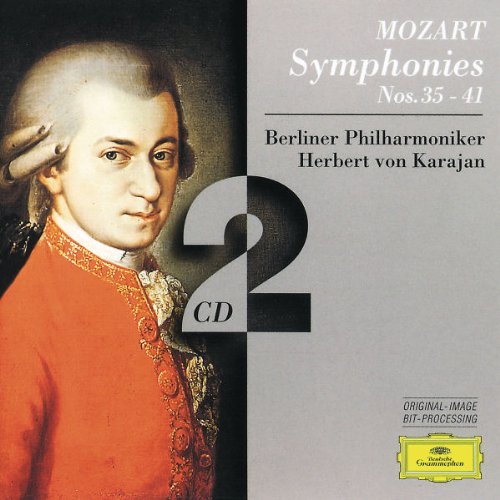 It is well known that Wolfgang Amadeus Mozart (1756-1791) was a Freemason. He composed music for use in Masonic lodges as well as incorporporating Masonic themes into other works, such as his opera, The Magic Flute. We have included some recommendations below for recordings of Mozart's music.
It is well known that Wolfgang Amadeus Mozart (1756-1791) was a Freemason. He composed music for use in Masonic lodges as well as incorporporating Masonic themes into other works, such as his opera, The Magic Flute. We have included some recommendations below for recordings of Mozart's music.
Here is some more information on Mozart and Freemasonry, taken from various sources. We have added some links for readers' reference:
In 1784, Mozart was recommended for membership in the Beneficence lodge in Vienna by his friend and patron Otto von Gemmingen. According to this article, Mozart introduced his father, Leopold Mozart, and his friend Joseph Haydn in Freemasonry. (Source article online here)
"When Mozart was admitted to the Viennese lodge "Zur Wohltatigkeit" ("Benificence") on Tuesday, 14th December, 1784, Freemasonry in Austria was forty-two years old. Banned by the [Roman Catholic] church in 1738, its continuation was due above all to the discretion of the sovereign; this had been Franz I (orginally Franz Stephen) who, until his death in 1765, had been a Freemason, as was the Prussian King Friederich II, the mortal enemy of Franz's consort and successor, Maria Theresia. She prohibited Freemasonry repeatedly, yet the movement became stronger. After her death in 1780, her son Joseph II acceded to the throne. At that time there were fourteen lodges in Vienna alone, among them several of an esoteric or Rosicrucian character. At court, however, the strongly rationalist opposition party, the secret order of the Illuminati, which wanted to infiltrate Freemasonry in order to further its anti-clerical and republican aims. In fact under the influence of the Masonic Illuminati witch-hunts were abolished and educational reforms brought in. The secret center of the movement was the elite lodge "Zur wahren Eintract" ("True Concord") under its Grand Master, the minerologist Ignaz von Born. Mozart was a frequent guest there and became an Entered Apprentice and then Master. In 1785 the Illuminati persuaded the Emperor [to] radically restrict the number of lodges in order to put an end to other forms of Freemasonry. The outcome of this edict, "the Freemasonic Patent", though, was state control and the immediate cessation of all activity. In 1800 Freemasonry was virtually outlawed by Franz II and the ban ended practically only with the declaration of the Republic in 1918.
By the time of his initiation into Freemasonry Mozart already had knowledge of its practices; his father had maintained a risky contact with Freemasonry, under the Catholic-fundamentalist Prince-Archbishop of Salzburg, and the sixteen year old Wolfgang wrote a cantata in response to a commission from a lodge in Munich. During his stay in Mannheim in 1777 Mozart was supported by Otto Freiherr von Gemmingen, who was later to become the first lodge master in Vienna. Following Joseph II's decree Mozart was unwilling to come to terms with the decline of Freemasonry, so he intended to make a new start by founding a secret society called "Dir Grotte" ("The Grotto")."
Source: liner notes, Mozart Masonic Music (Complete), Naxos CD 8.570897
Mozart's Music and Freemasonry
"To this day Freemasonry tends to have different, even opposing, priorities: in the predominantly Catholic countries of the Romance and Latin-American spheres it saw itself always as a republican and anti-clerical movement of reform, was outlawed and was anathema to the church. In Protestant countries it counted kings, bishops and presidents among its number. In the almost three hundred years of its history - it began on 24th June 1717, the day on which five Masonic lodges in London amalgamated to form one Grand Lodge - it has not changed direction, but for all of them the purpose is the same: the enoblement of men, from the rough to the refined stone, to become part of the temple of universal love of mankind. The process is fulfilled in degrees of Entered Apprentice. Fellow Craft and Master Mason.
Grouped under their respective Grand Lodge, the sister lodges follow ancient symbolic rituals.....[which] were, and still are, intensified by music (today often by recordings). Singing was central to Freemasonry from its earliest days, and is derived from the stonemasons' guilds of the Middle Ages. An intellectual and cultural elite established buildings which survived all the dark doubts of superstition. The client, the church, was the principal cause of this darkness. And so the master-builders of the cathedrals met, together with their apprentices, in private places where they could pass on their superior wisdom. Of prime importance in Masonic smbolism is the number 3 and the musical flat sign (b): in Freemasonry three is the most important number, the consonant B is connected with the Temple of Solomon, which symbolizes the ideal building for mankind. The musical keys which have three flats, however, are E-flat major and C-minor, the [musical] keys associated with Freemasonry.
E-flat major is the fundamental [musical] key of Freemasonry; C minor is the symbol of death, while the pure key of C major (which has no key signature) represents the resurrection of the enlightened man to the rank of Master. Mozart expanded this key symbolism further. To represent the first level of Freemasonry, that of the Entered Apprentice, Mozart often uses the key of F major (which has one flat). The second level - that of Fellow Craft - is indicated by the use of B flat major, which has two flats. In addition Mozart introduced the key of A major (with its three sharps) into the Masonic canon: the Clarinet Concerto and the Clarinet Quintet (both in A major) were both performed in the lodge. [note: Mozart composed these works to be performed by the clarinet virtuoso clarinetist Anton Stadler] And finally the keys of G major and G minor alos appear in Mozart's Masonic works, probably because the consonant "g" has a symbolic meaning.
The following terms are to be noted:
1. Lodge songs, mostly with piano or organ accompaniment, were sung at the beginning and end of meetings, as well as during the meal which followed. Mozart wrote thirteen of these lodge songs, but five of these are missing.
2. Instrumental music of ritual to accompany symbolic events in the lodge. Examples of this are the Masonic Funeral Music or the Adagios K.410 and 411.
3. Masonic subject matter is used incidentally in works which were not intended for the lodge. It has, therefore, been suggested that Mozart's last three symphonies represent the three degrees of Masonic life. [note: Mozart's last three symphonies are No. 39 in E flat major K.543, No. 40 in G minor K. 550 and No.41 in C major K.551 (also known as the "Jupiter"). Note also the keys in which these symphonies are written in light of the discussion above about E flat major being "the fundamental key of Freemasonry", G minor having a symbolic connection with the letter "G" and C major representing "the resurrection of the enlightened man to the rank of Master"]
Source: liner notes, Mozart Masonic Music (Complete), Naxos CD 8.570897
Here's a podcast on Mozart and Masonic Semiotics, particularly the String Quintet in G minor, K.387, which has more interesting information on Mozart and Freemasonry.
Here's a podcast on Mozart and the Sublime , particularly relating to the Viola Quintet in G minor.
For additional information on Wolfgang Amadeus Mozart's Masonic music we suggest the following sites: Heather Roche ; ClassicFM ; Mozart and Masonic Semiotics ; Mozart and the Sublime ;
WE RECOMMEND:
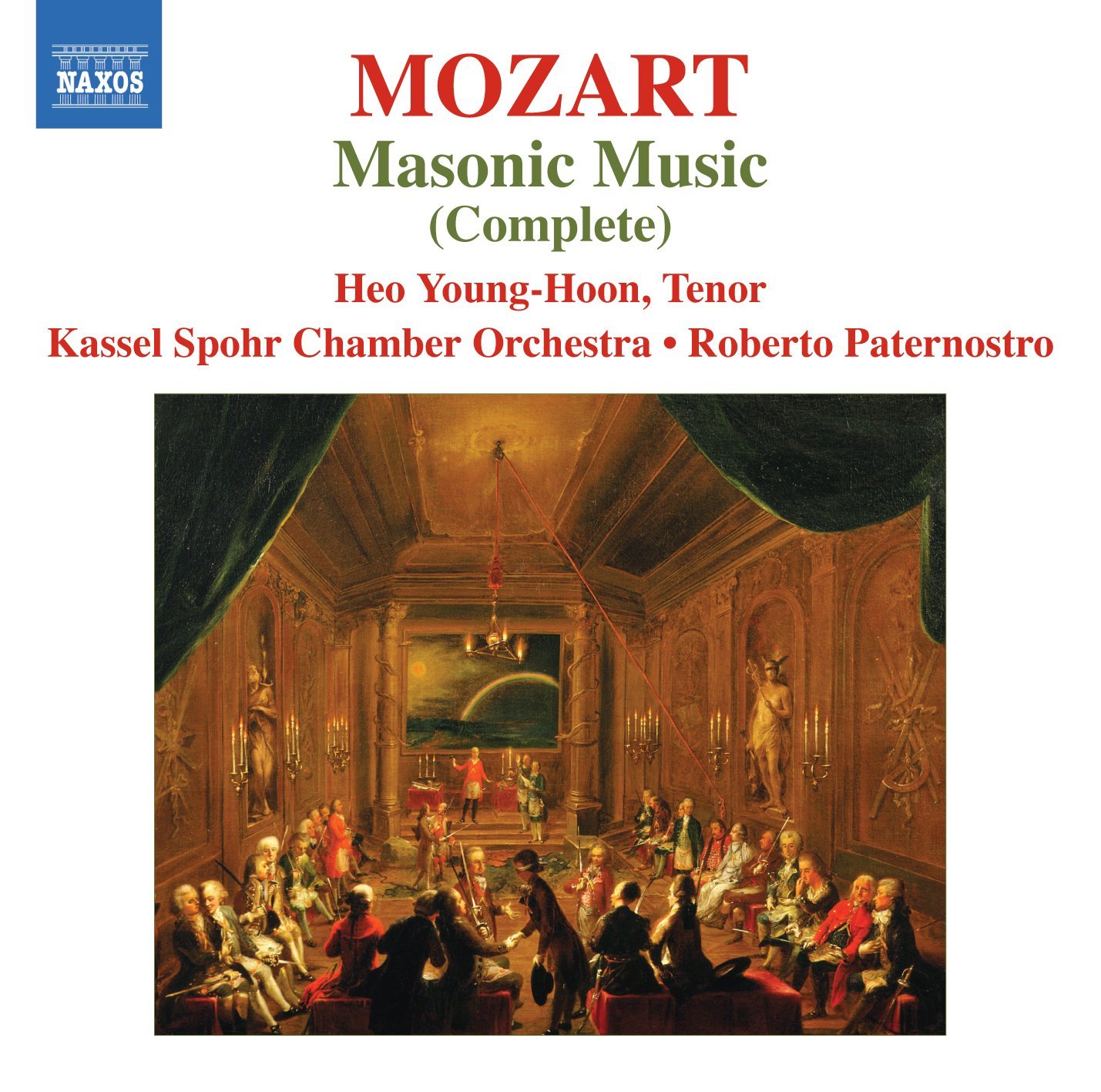
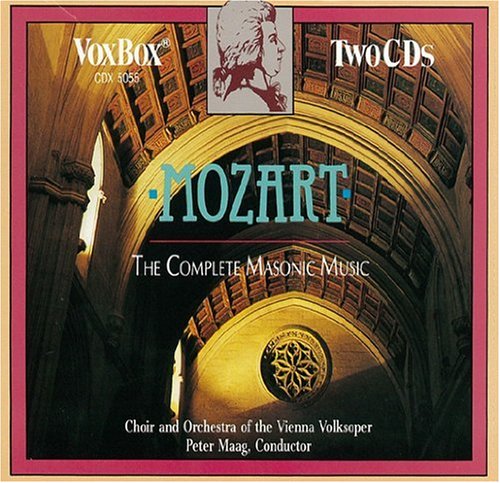
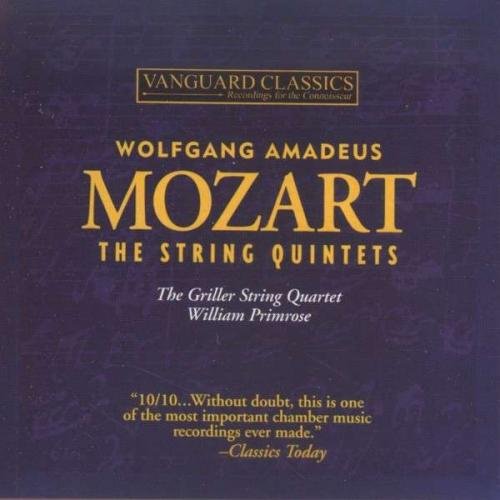 The String Quartets by Wolfgang Anadeus Mozart
The String Quartets by Wolfgang Anadeus Mozart
Here's a podcast on Mozart and Masonic Semiotics, particularly the String Quintet in G minor, K.387, which has more interesting information on Mozart and Freemasonry.
|| Amazon.com || Amazon.ca ||
|| Amazon.com.au || Amazon.at || Amazon.com.br || Amazon.ca || Amazon.cn || Amazon.de || Amazon.fr || Amazon.in || Amazon.it || Amazon.co.jp || Amazon.com.mx || Amazon.nl || Amazon.es || Amazon.co.uk ||
 Mozart Symphonies 35-41 by Herbert von Karajan and the Berlin Philharmonic
Mozart Symphonies 35-41 by Herbert von Karajan and the Berlin Philharmonic
Mozart's last three symphonies 39,40,41 are considered to have Masonic significance because of the key in which they were composed.
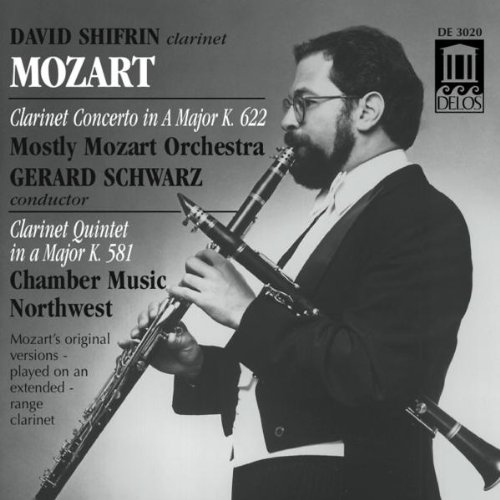 Clarinet Concerto in A Major, K.622 and Clarinet Quintet in A Major, K.581
Clarinet Concerto in A Major, K.622 and Clarinet Quintet in A Major, K.581
This recording, featuring David Shifrin on clarinet, is played on a bassette clarinet originally designed by Anton Stadler, the virtuoso clarinetist for whom Mozart composed the Clarinet Concerto and Clarinet Quintet in A major.
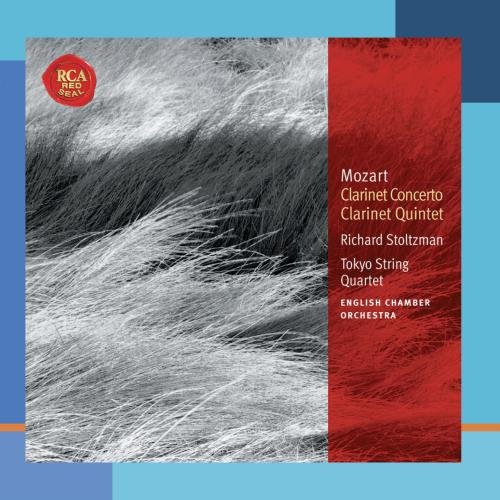
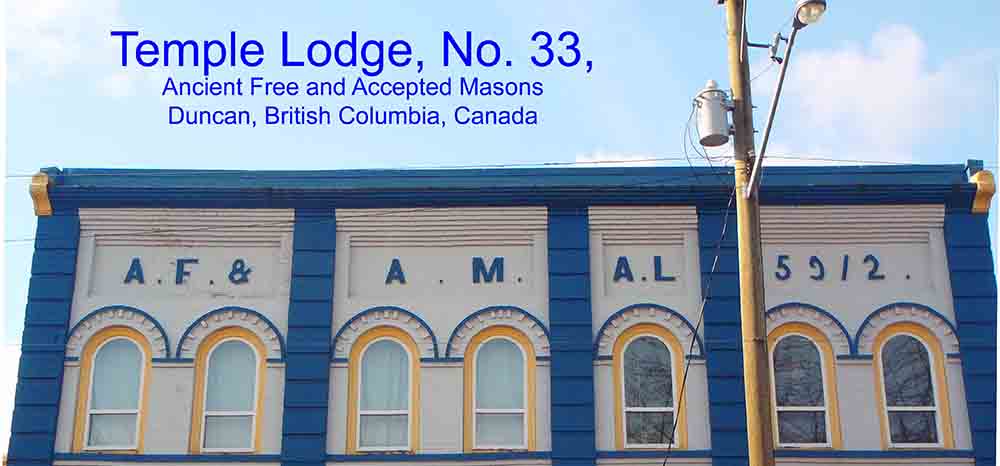
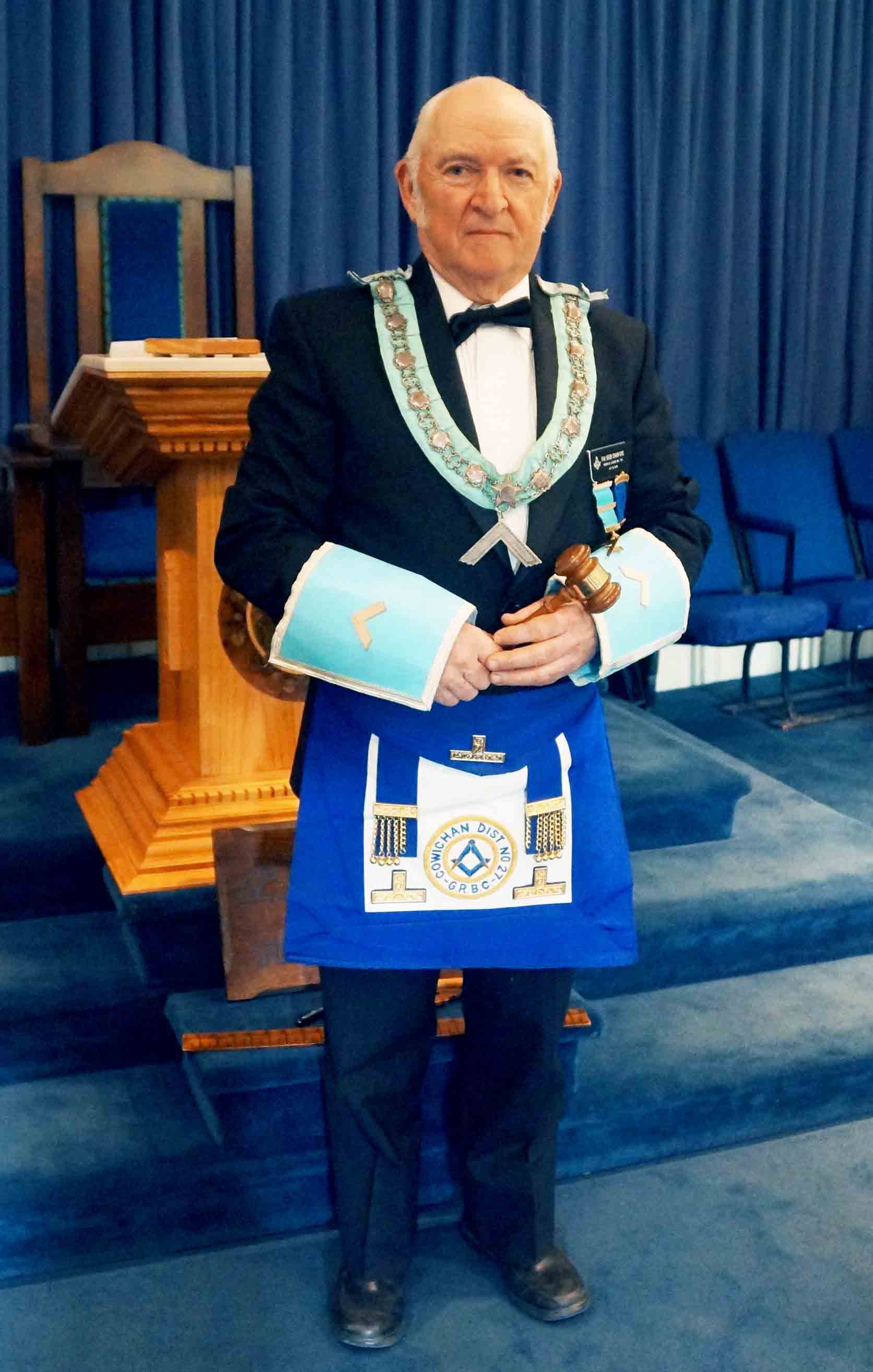 Go to our
Go to our 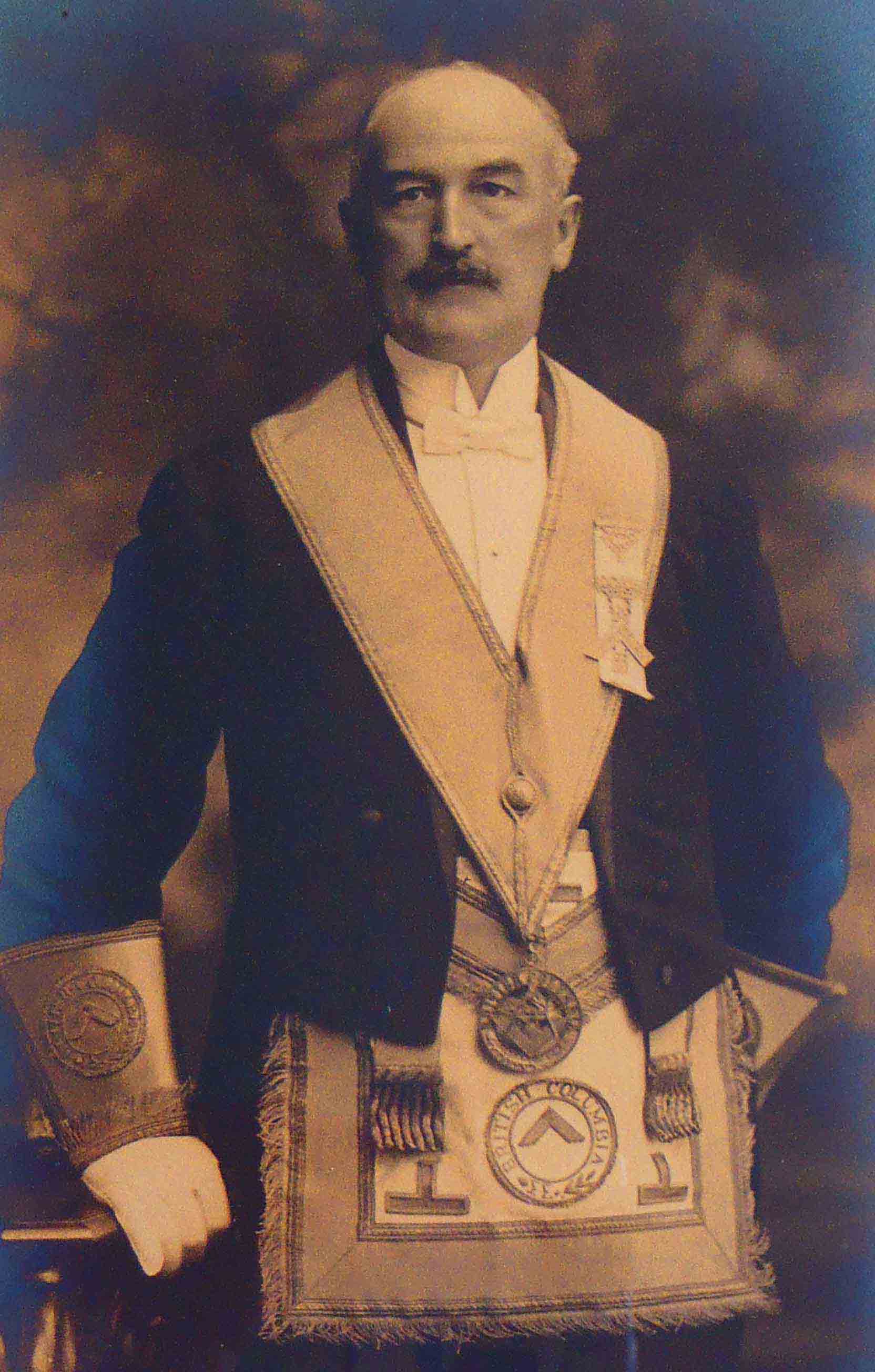
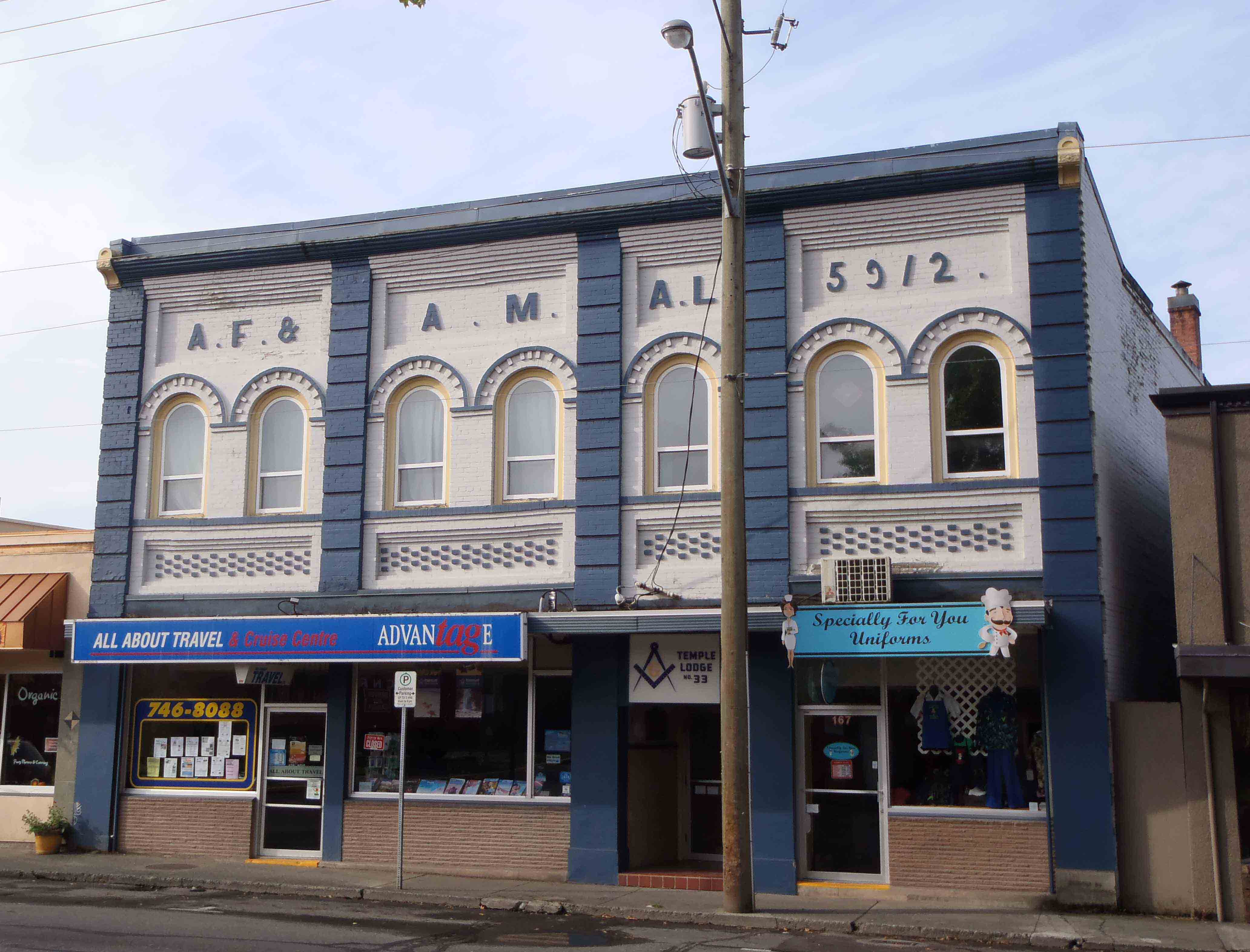
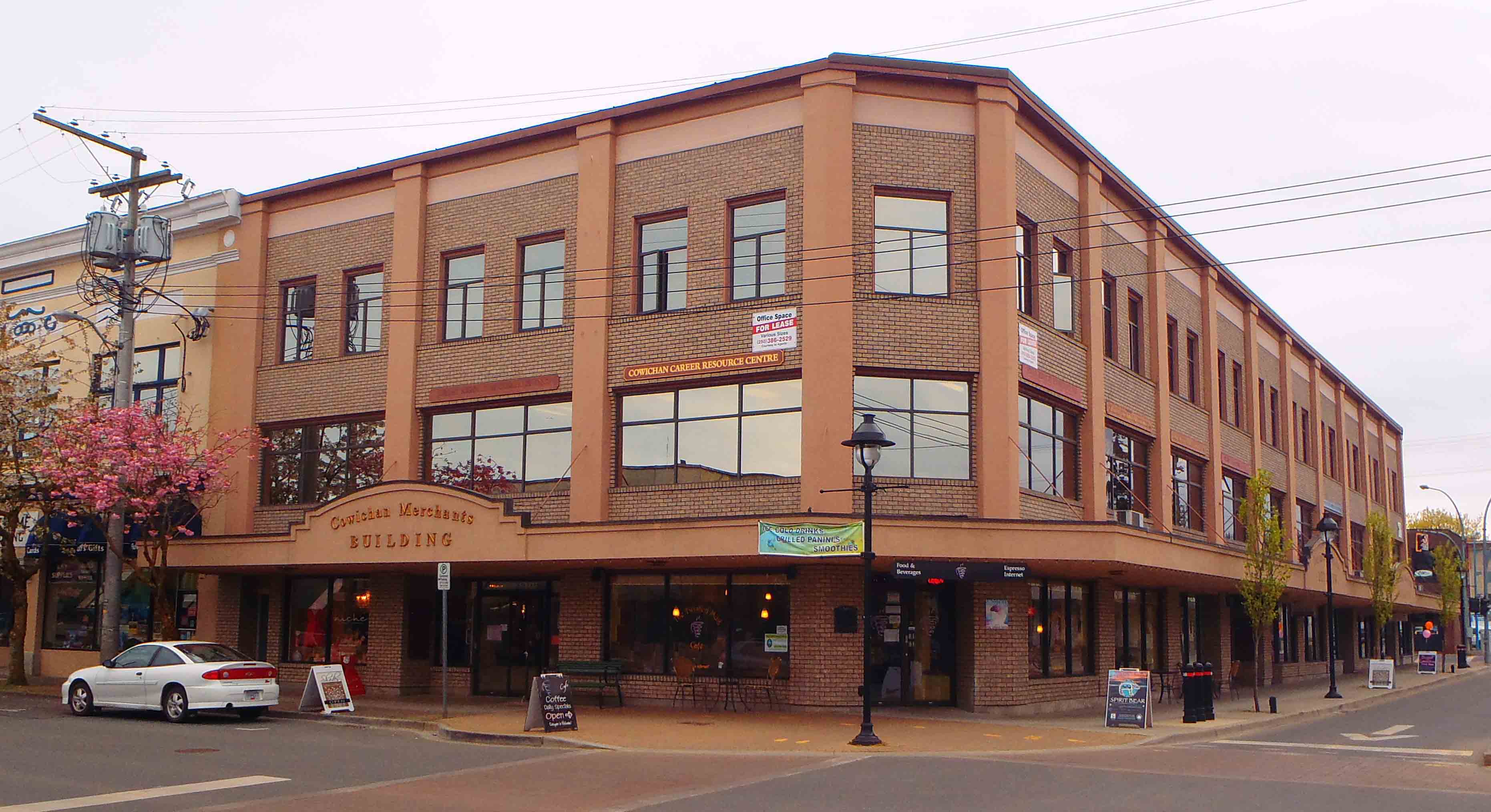
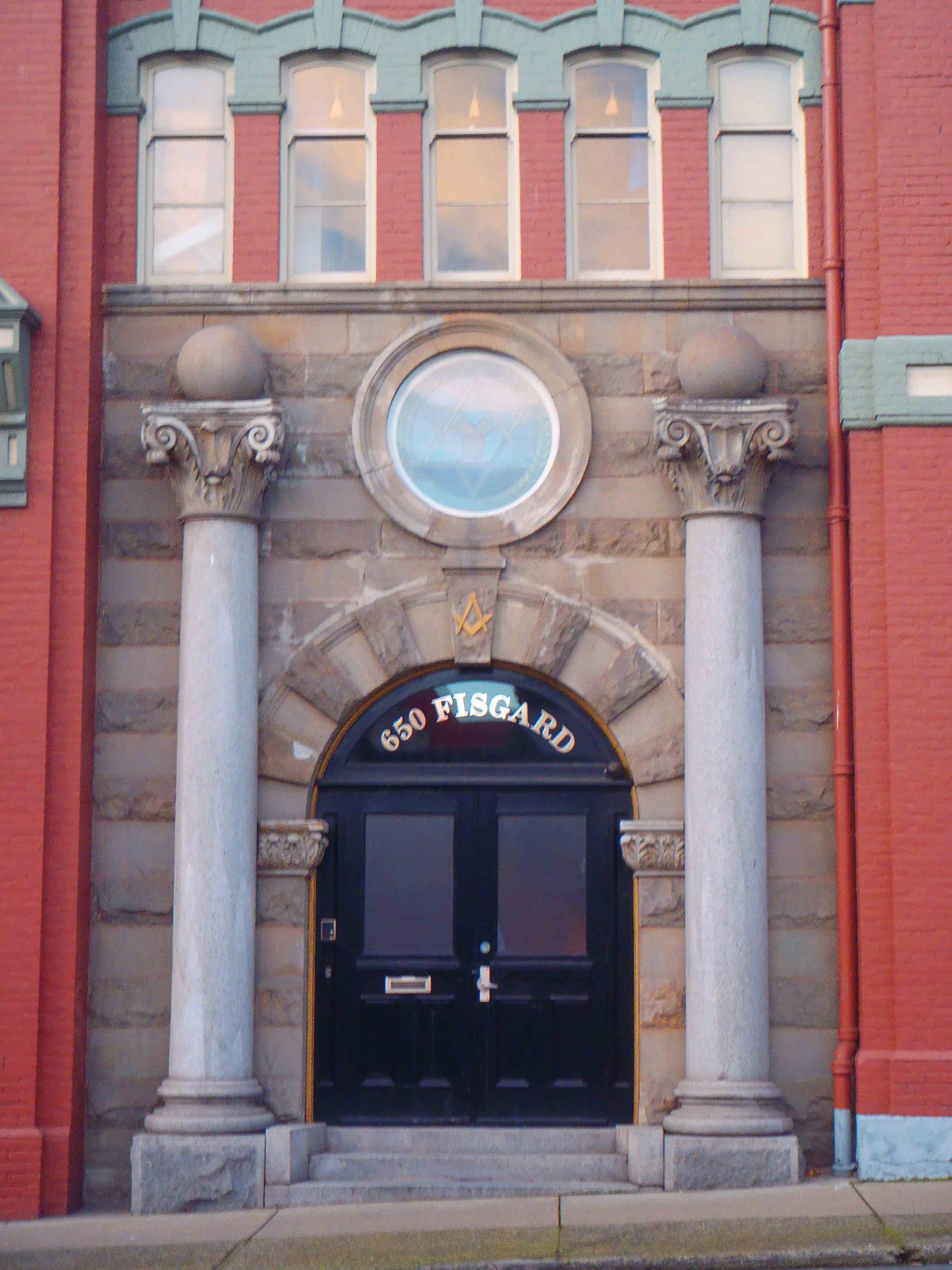
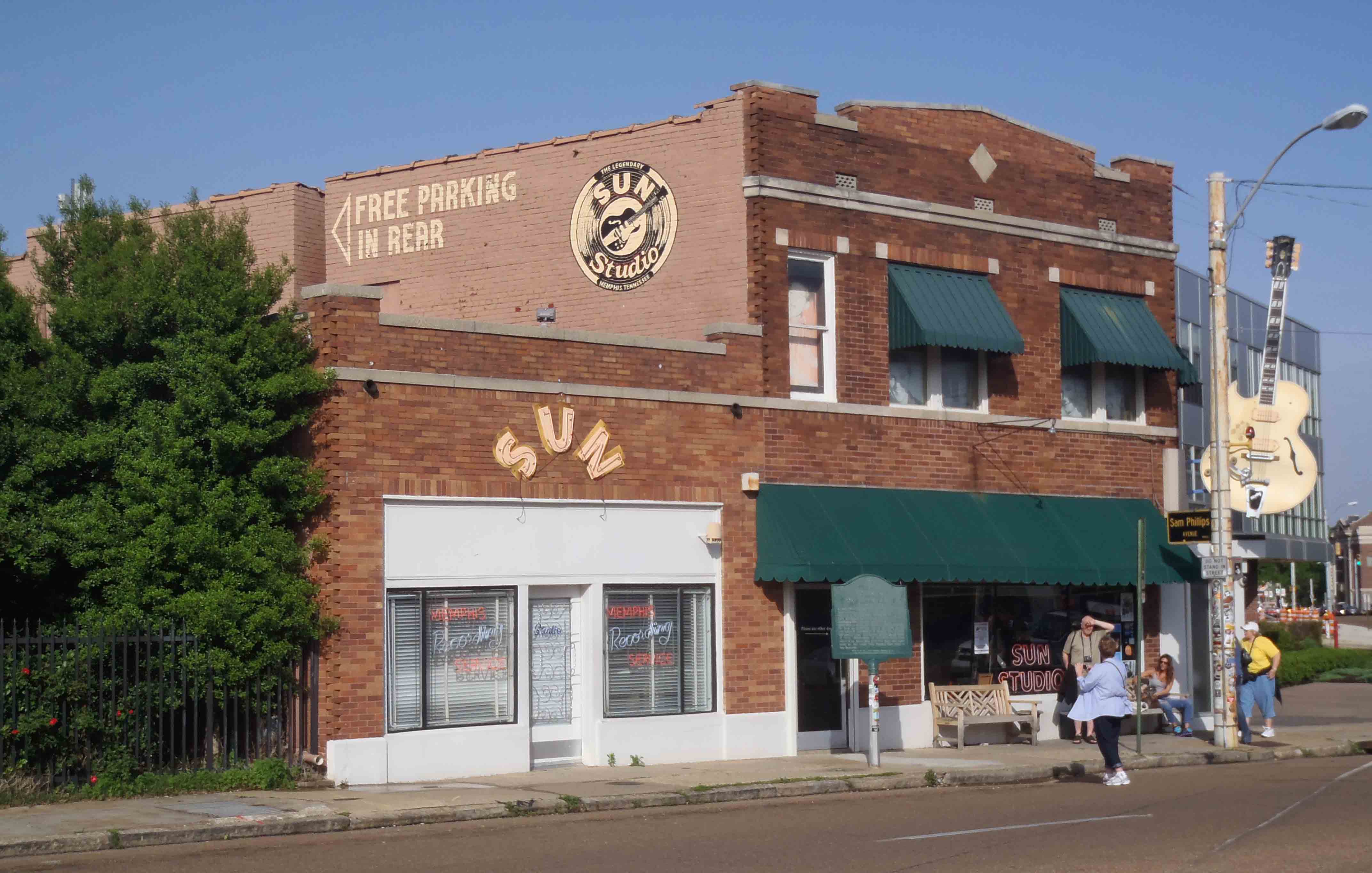 During research or travels we often come across
During research or travels we often come across 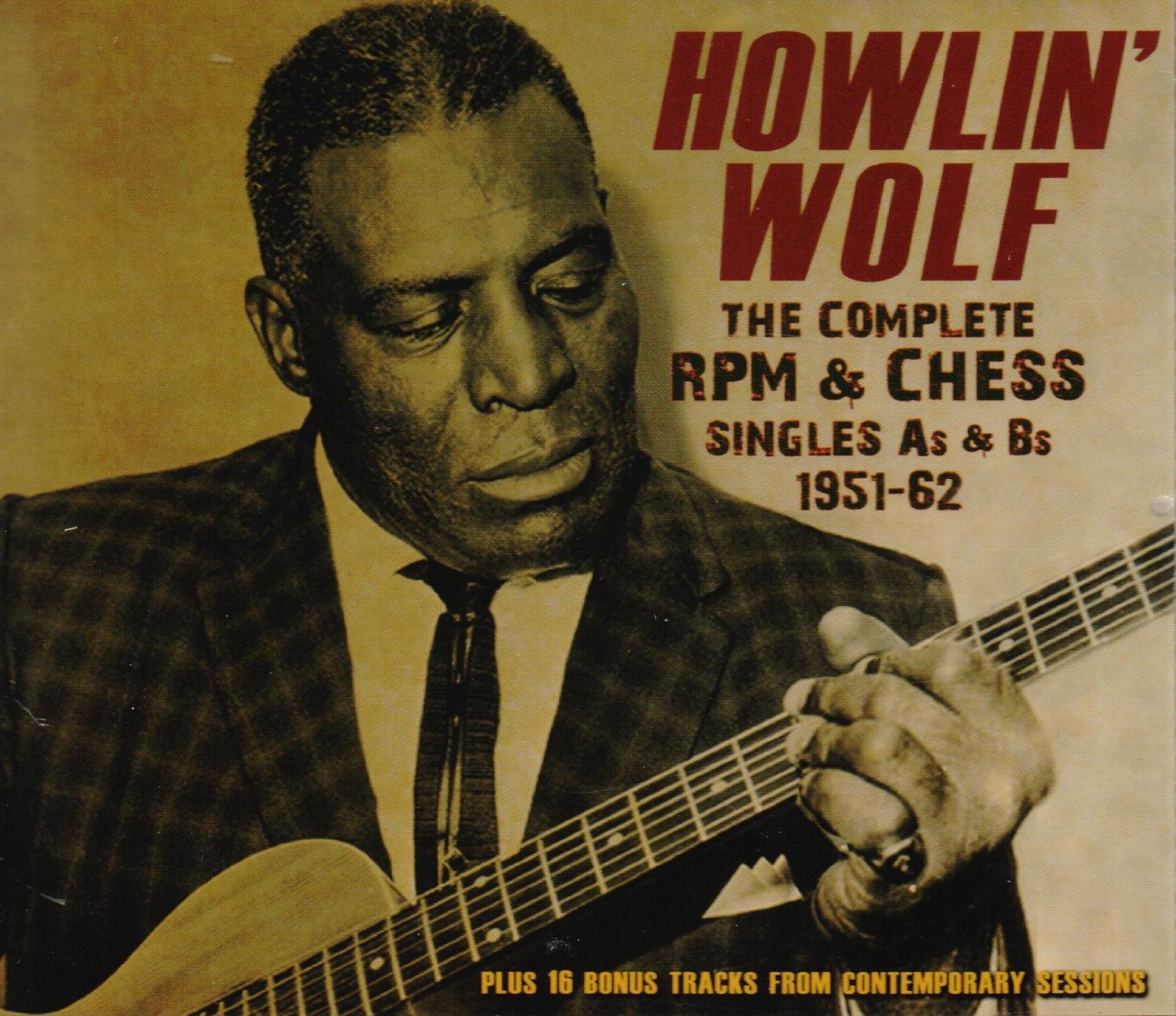 Masonic musicians and composers range from Wolfgang Amadeus Mozart to
Masonic musicians and composers range from Wolfgang Amadeus Mozart to